Finding the right cables for your network is crucial within a business. Several myths surrounding this topic can influence opinions concerning which cable suits your company. Fibre optic cabling myths are no exception.
Over the years, various misconceptions have spread concerning fibre optic cables, including costs and flexibility, to name a few. But this misinformation is untrue.
We’ve uncovered and corrected ten common myths concerning fibre optics to help you establish a suitable cable for your network and business. After reading this blog, you should have everything you need to decide which cables your organisation needs.
1) Fibre optics are not durable since they are made from glass

The glass component within fibre optics may suggest the cable is fragile, but this is not true. The core has multiple protective layers, which makes it a more durable option than the other available cables on the market.
Fibre optic cables are strong enough to withstand harsher tensions and conditions, such as in the ocean and Arctic-like weather, making them ideal for more extreme situations. The military currently uses this cable type in various circumstances.
Please note that, despite its durability, you should not overstretch or overmanipulate a fibre optic cable as it can still break.
2) Fibre optic cables are not cost-effective

Whilst some people believe fibre optic cabling is expensive, this is no longer so. The price of this cable type has lowered over the previous years. For example, an internet service provider typically offers fibre and traditional internet plans for similar costs.
Fibre optics are in high demand, so the cost of fibre optic cable installation in the UK and the manufacturing process have both become cheaper. They can also operate longer than nine copper cables, meaning you spend less money replacing cabling in the future.
Additionally, maintenance costs for this cable are lower, so whilst the fibre optic cable may be more expensive initially, it is cost-effective over a more extended timeframe.
3) Deploying fibre optics is time-consuming
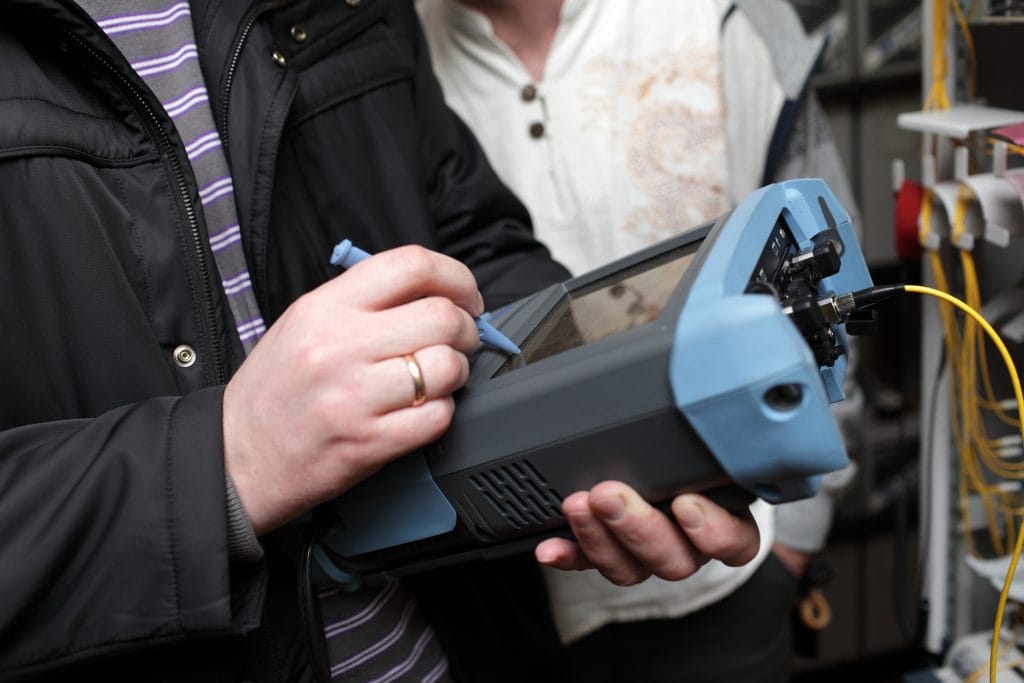
Much has changed since the commercial introduction of fibre optic cabling, including its deployment time.
The installation of fibre optics became easier and quicker with the development of technology and processes such as fusion splicing. In the 1990s, installing fibre optics was time-consuming, as the myth suggests. However, this is no longer true.
Now, fibre optics are easier to install than their copper counterparts. Almost anyone with a cabling background can test the lines, so a vendor no longer needs to come out to test them for you.
4) You cannot bend glass

Fibre optics are ideal for those hard-to-access areas, meaning they can bend to reach those places. The variations in fibre optic cabling have different bendabilities, so you can find the one you need for your specific circumstances.
The layers surrounding the glass strand make the cable more durable and enable it to bend without breaking. However, be aware that whilst bending fibre optic cable is possible, doing so excessively can damage the cable. Follow the minimum bend specifications of your fibre optic cables to establish how much you can manipulate them.
5) Fibre optic cables are not as secure as copper
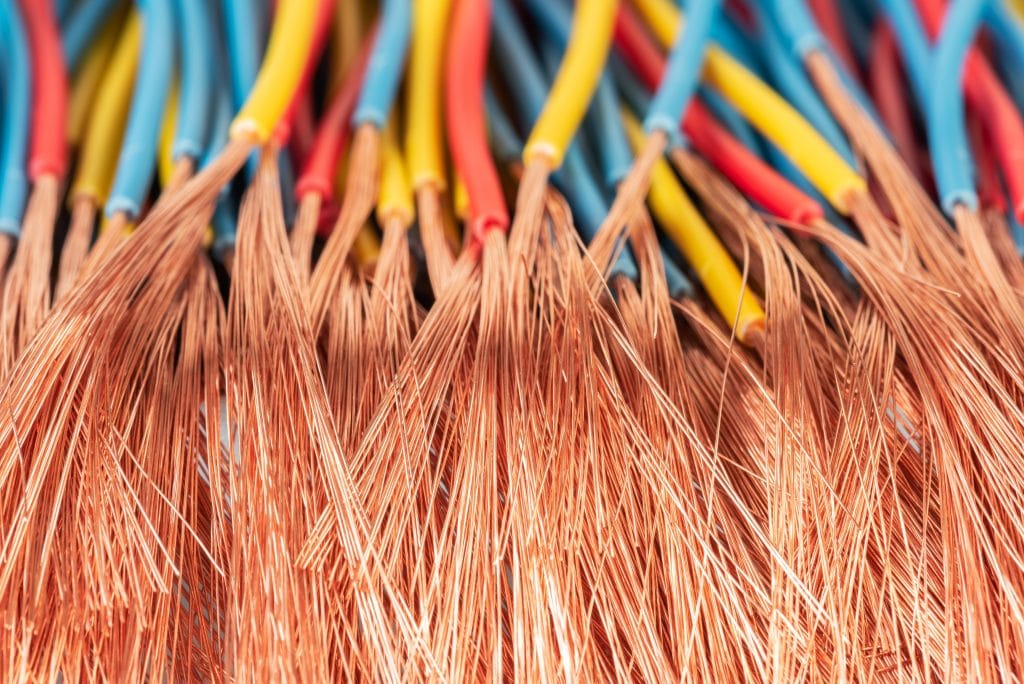
When debating fibre optic vs copper cabling, some believe copper provides more security. However, fibre optics offer protection, both physically and for the data, and can lessen the likelihood of a Distributed Denial of Service (DDoS) attack.
A Distributed Denial of Service attack usually means the underlying systems are overloaded, and a service, or services, is no longer accessible. For example, if too many people try to access a webpage on a shopping site, they may not be able to access that page. This attack can occur naturally if many people are interested in a service, but it can also happen maliciously. It comes from multiple computers instead of just one.
Fibre optic cables also offer security as they don’t radiate signals, making it easier to identify if someone taps into your data transmission.
6) It is difficult to manage fibre optics post-installation

Even after installation, a network needs maintenance to ensure it runs smoothly. Copper cables use Craft User Interface (CUI) for this, whereas fibre optics use a graphical user-based interface instead.
The graphical user-based interface enables issues to be identified and amended quickly without human intervention, making fibre optics easier to manage.
7) They do not support wireless connections
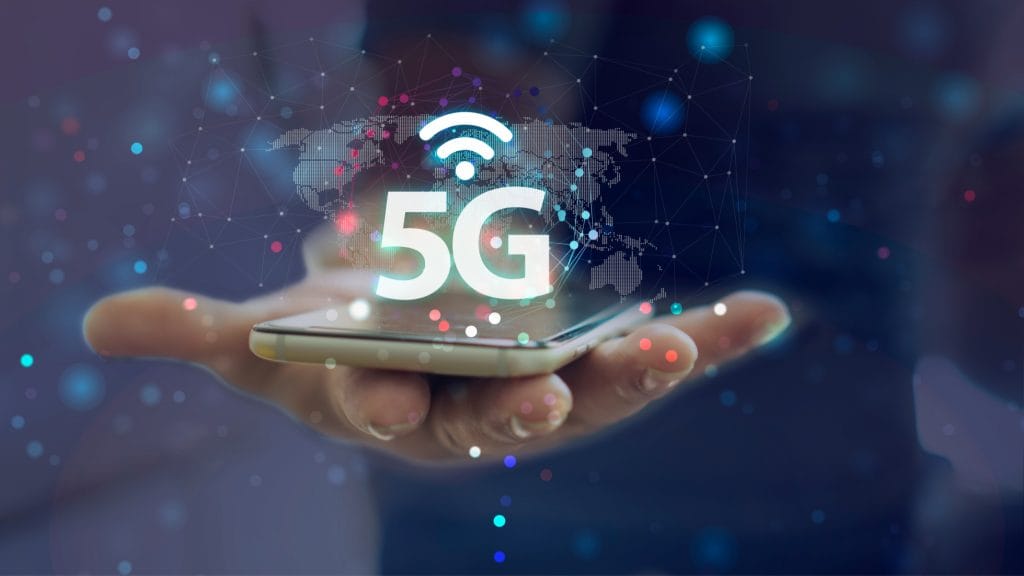
The opposite is true. Various wireless carriers, such as T-Mobile, not only use optical fibres, but they also rely on them. Fibre optics have a large bandwidth, enabling them to transmit more data, including wireless mobile signals.
Optical fibres can transmit data fast and have long-term durability to support these connections. It is expected that fibre optic cables will be able to support 5G wireless networks too.
8) Fibre optic cables are dangerous
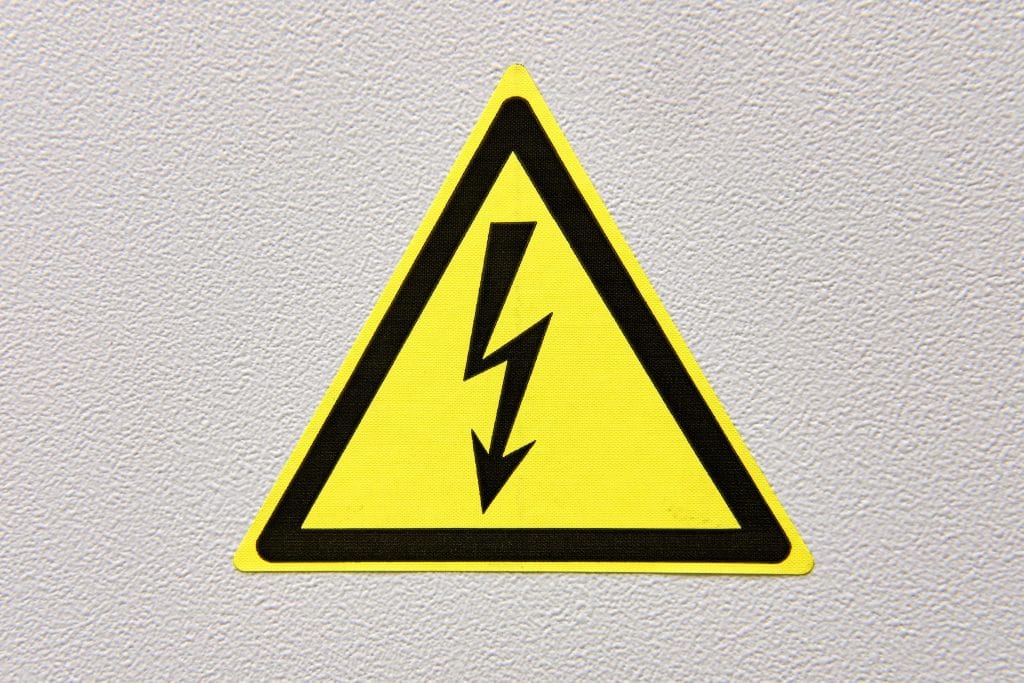
Copper cables use electricity to transmit signals, which can be a fire hazard. With this knowledge, it is reasonable to think about the dangers of fibre optic cables. However, optical fibres are safer than their copper equivalents, making them ideal for work and home use.
Fibre optic cables transmit signals and data via light, and the lack of electricity lowers the risk of fires. It also means there is minimal risk of electromagnetic interference when the cables are near other electrical equipment.
9) Fibre optics will soon be a thing of the past
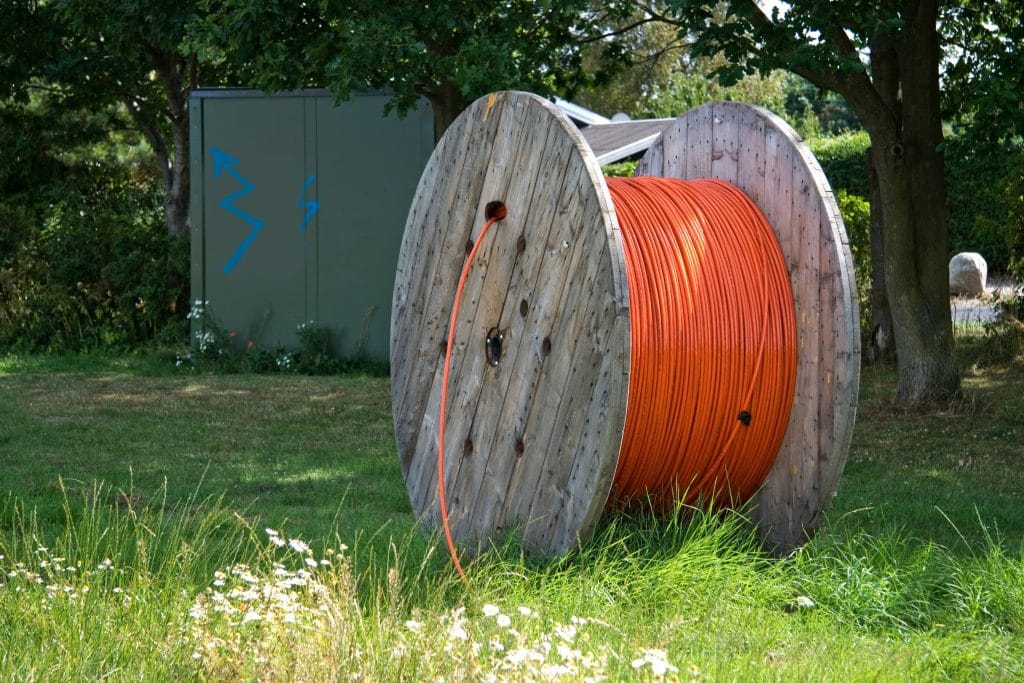
While some may consider fibre optics a new technological advancement, the cables were invented in the late 1970s and deployed in the late 1980s. We have used them for decades.
We don’t know how long these cables will last, but they have proven their reliability and durability. Today, there are various uses of fibre optic cabling, such as military and medical applications.
10) Fibre networks are not energy efficient
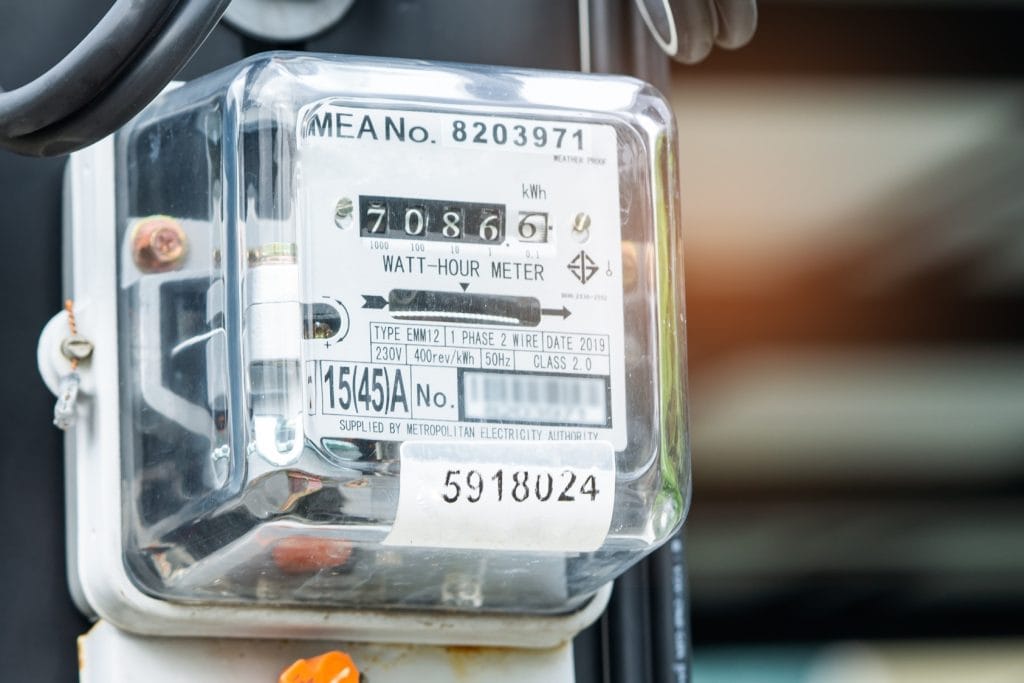
Optical fibre networks can work at lower temperatures and operate using less energy. They contain fewer components and are more environmentally friendly than copper cabling.
The energy efficiency also comes from how long the cables last and that they can be future-proof. These qualities make fibre optics an eco-friendly alternative to other cabling options.
With all its benefits, fibre optic cabling can help things run smoothly within your business. Despite the myths, optical fibres have various advantages to offer and can provide an eco-friendly, efficient option for your network.
If you have any questions about fibre optics, their production or installation, Altimex are here to help. Contact us for more information about these cables and how you can utilise them within your company.


